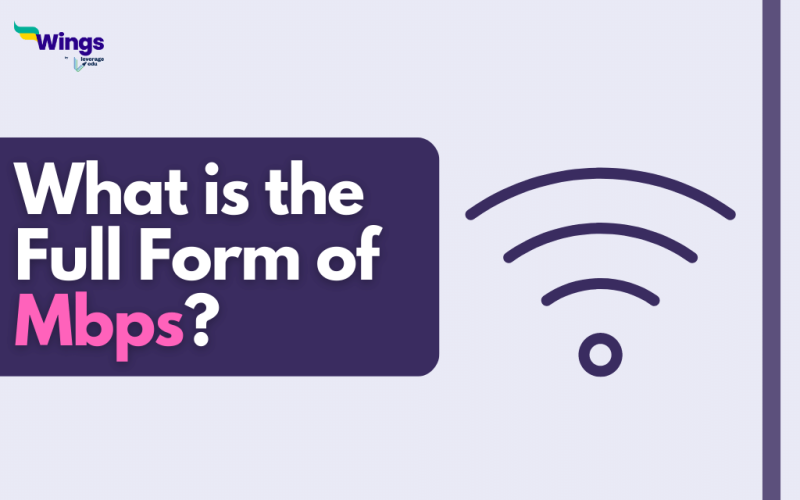The full form of Mbps is “Megabits Per Second”. MBPS is a unit of measurement used to describe the data transfer rate of a network connection. It refers to the number of bits that can be transmitted in one second.
When we talk about internet speed or the speed of a data connection, we often use Mbps to describe it. For example, if your internet connection has a speed of 50 MBPS, it means that you can download or upload 50 megabits of data per second.
Mbps is an important factor to consider when choosing an internet service provider or when evaluating network performance. The higher the Mbps, the faster the data transfer rate, and the better the overall user experience.
How are Bytes converted to Bits?
Table of Contents [show]
Mbps stands for megabits per second, which is equivalent to 1000 kilobits per second of data transport. A megabit is one-eighth of a megabyte. Mbps determines the size of the document.
One byte is equivalent to eight bits.
1 kbps is 1000 bits
1 Mbps equals 1000 kilobits.
One gigabit per second is equal to 1000 megabits per second.
Also Read: MBA in Computer Science
Benefits of Mbps
Mbps (Megabits per Second) is a measurement of data transfer speed in telecommunications and computer networks. There are several benefits to having a high Mbps connection, including:
- Faster download and upload speeds, which allow for faster access to information and data transfer.
- Improved streaming quality for videos, music, and other media.
- Better online gaming experiences with reduced lag and faster response times.
- Increased productivity for businesses with faster data transfer and communication.
- More reliable video conferencing and online communication with fewer disruptions.
- Ability to support multiple devices simultaneously without affecting speed or quality.
Overall, a higher Mbps connection can lead to increased efficiency, improved user experience, and better communication capabilities in both personal and professional settings.
This was all about Mbps full form. Visit our Full Form Page to discover more intriguing articles about full forms. You can also check out the consolidated 300+ full forms list!
 One app for all your study abroad needs
One app for all your study abroad needs















 45,000+ students trusted us with their dreams. Take the first step today!
45,000+ students trusted us with their dreams. Take the first step today!
